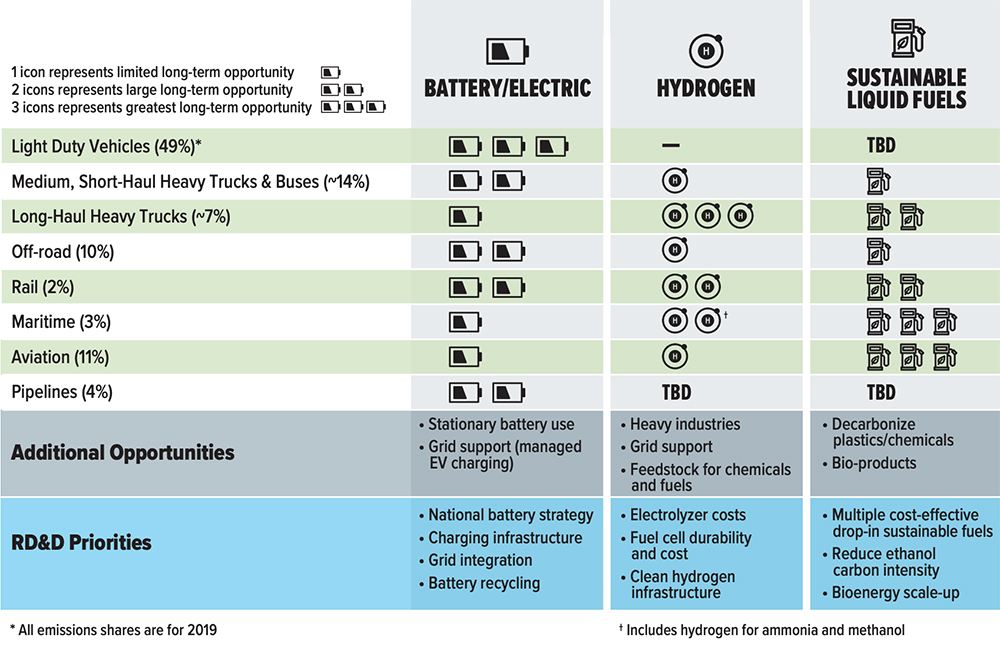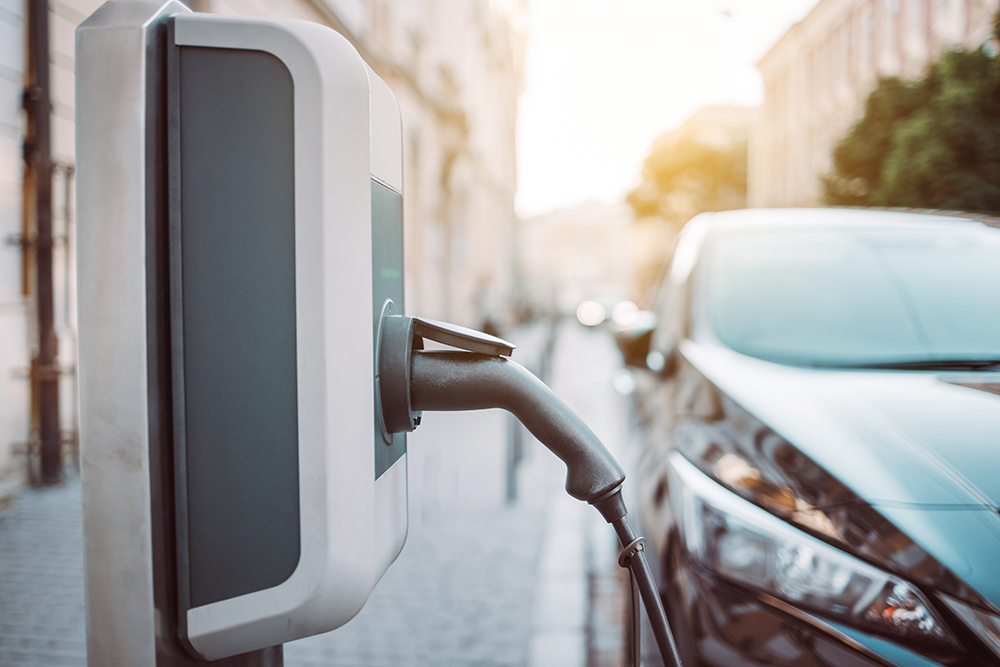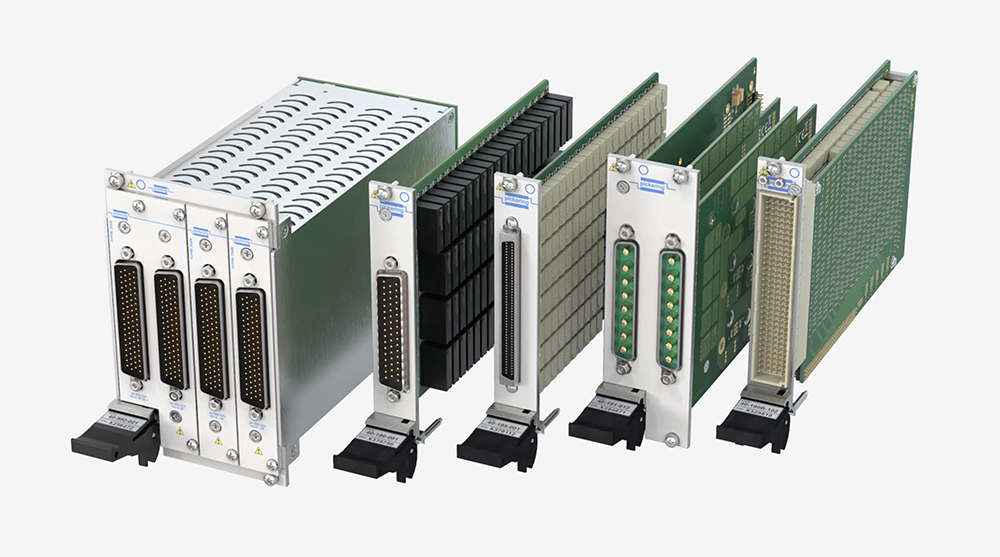[ad_1]
Governments around the world are taking measures to accelerate the decarbonization of transport. However, too often these are piecemeal efforts that lack strategic vision and fail to address the entire transport ecosystem.
Now, for the first time, the US gummint has presented a comprehensive plan that involves multiple agencies and addresses almost every segment of the US transportation system. Transportation was responsible for 33% of the country’s carbon emissions in 2019, and light-duty vehicles spewed forth 49% of that.
The departments of Energy, Transportation and Housing and Urban Development, along with the Environmental Protection Agency, have together created the US National Blueprint for Transportation Decarbonization, which “offers a whole-of-government approach to transform the transportation sector and sets forth an interagency call to action to coordinate and work effectively together.”
The Blueprint emphasizes cooperation among organizations both public and private: “Implementing a holistic decarbonization strategy will require coordinated actions from federal, state, local, regional, and Tribal governments; nonprofit and philanthropic organizations; and private industries.”
The Blueprint lays out a tripartite strategy, analogous to the good old “Reduce, Reuse, Recycle” mantra (of which the all-important first two parts are so often forgotten):
- Increase Convenience by supporting community design and land-use planning so that job centers, shopping, schools, etc, are located near where people live to reduce commuting, improve walkability and bikeability, and improve quality of life.
- Improve Efficiency by expanding public transportation and rail, and improving the efficiency of all vehicles.
- Transition to Clean Options by deploying zero-emission vehicles.
Drilling down to the facts and figures, we find some numerical emission reduction goals for the most important categories of transport:
Light-duty Vehicles
- Make 50% of new vehicle sales zero-emission by 2030, and ensure that new ICE vehicles are as efficient as possible.
- Deploy 500,000 EV chargers by 2030.
- Make 100% of federal fleet procurement zero-emission vehicles by 2027.
Medium- and Heavy-Duty Trucks and Buses
- Aim to make 30% of new vehicle sales zero-emission by 2030 and 100% by 2040.
- Make 100% of federal fleet procurement zero-emission vehicles by 2035.
There are also sections dealing with Off-road Vehicles, Rail, Maritime Vessels, Aviation and Pipelines, although here we find fewer numerical objectives, and more exhortations to “work to establish specific targets.”
So far, the EV media mostly agree that the plan is surprisingly sensible.
“This is almost so common sense and obvious that it’s hard to get one’s head wrapped around it, yet it’s an absolutely enormous and impactful undertaking,” writes Electrek’s Michelle Lewis.
Michael Barnard, writing in CleanTechnica, finds “a lot to like” in the document, which he calls “a good, solid blueprint with some misses.” He approves of the emphasis on getting people out of their cars and onto their feet or bikes or transit, nothing that the strategy “isn’t just about replacing fuel, but making the country healthier and more livable.”
Barnard and others (including your favorite EV journalist) were pleasantly surprised to find that hydrogen has been assigned a supporting role. The Blueprint correctly leaves it out of the mix when it comes to light-duty vehicles, while proposing it as a solution for trucks and other heavy vehicles. The emphasis on “sustainable liquid fuels,” whatever those are, is a bit unfortunate, but in general the oily fingerprints of the fossil-fuel think tanks are less obvious than they might have been.
[ad_2]
Source link




